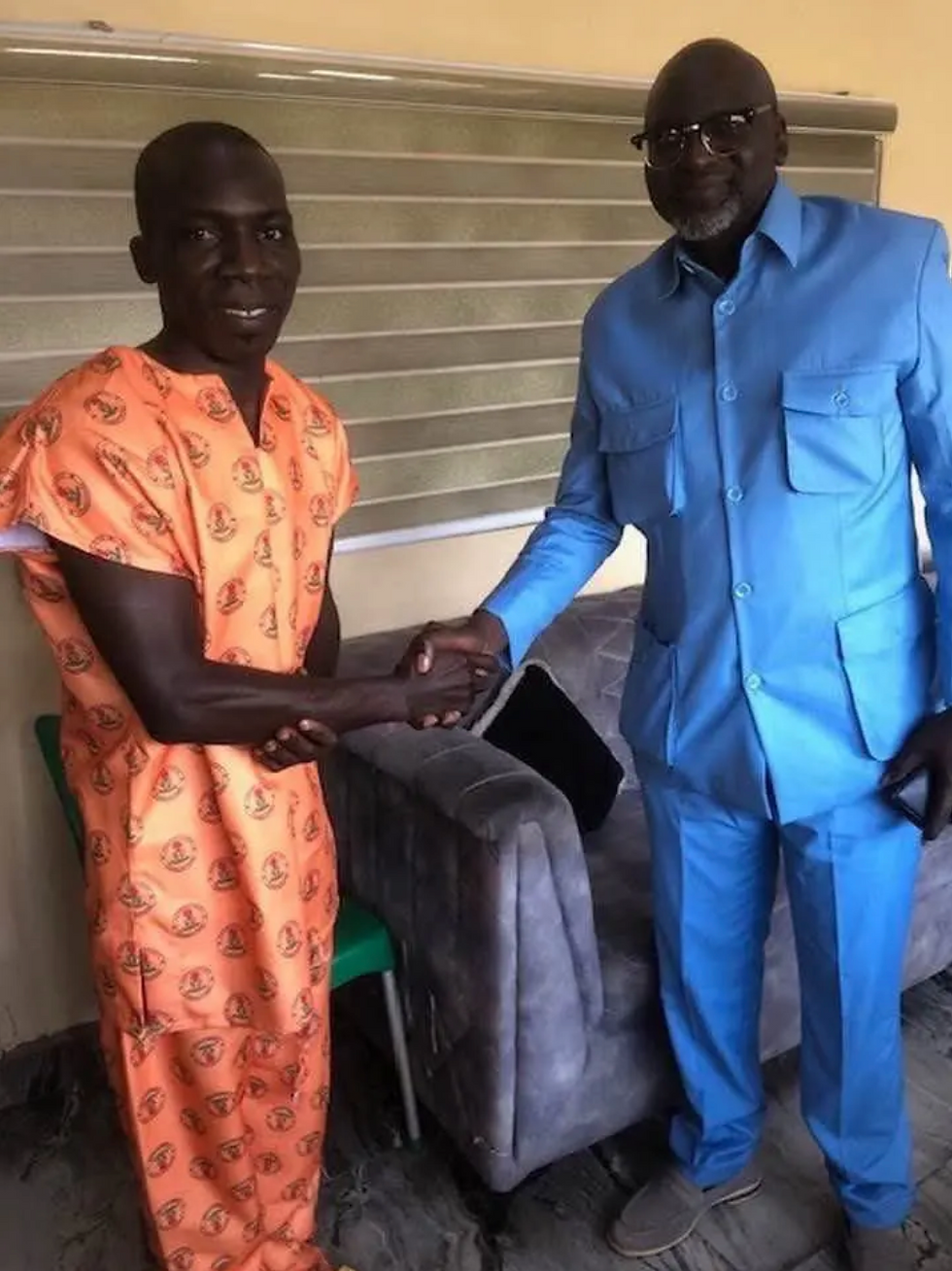Afghan Hazara School Bombed, Killing Six
- Washington Post

- Apr 18, 2022
- 3 min read
Updated: Apr 22, 2022
Twin blasts in the heart of Shiite and Hazara community struck students leaving public school classes.
By Pamela Constable

Relatives rush to find family at a hospital in Kabul on April 19 after two bomb blasts at a public school. (Wakil Kohsar/AFP/Getty Images)
At least six people were killed and 11 injured by two explosions on Tuesday morning outside a large public school in West Kabul, police and school officials said.
The attacks took place in the heart of the capital’s minority ethnic Shiite and Hazara community, and police and school officials said the number of casualties was likely to rise significantly.
Witnesses said the first blast detonated around 10 a.m., outside the main entrance of the Abdul Rahim Shahid School as 11th- and 12th-graders were leaving their class shifts. A second blast followed 10 minutes later in an alley beside the high-walled campus compound, as family members and others rushed to the site. Both blasts left the ground cratered, witnesses said.
Explosions rocked a high school in western Kabul on April 19, killing at least six people, according to Afghan security and health officials. (Video: Reuters)
Taliban police cordoned the school area as victims were taken to hospitals. There were additional reports of an earlier blast outside a private education center near the school, but no casualties were reported there.
The Shahid school is one of the largest in Kabul, with more than 16,000 students attending in four shifts. It is also one of the most prominent, with a history of high student achievement and success in college exams. Boys and girls study there through sixth grade, in classes segregated by gender. Only boys are allowed to attend higher classes under the strict religious rules of Afghanistan’s Taliban government.
No one claimed responsibility Tuesday for the attacks. They are similar to previous strikes on educational facilities in that area that have been attributed to the Afghan branch of the Islamic State, known as ISIS-K, which views Shiites as apostates.
The urban community near the school, Dasht-i-Barchi, is poor but highly motivated to educate its children, and the Shahid school has long drawn ambitious students. School officials, who have worked there long before the Taliban took power in August, said this week that they were aiming to maintain its high educational standards.
A district education official, in a brief interview Tuesday, said that “dozens of children” from the school had been either killed or injured in the attack but that he had few details.
Since 2015, the Islamic State has either claimed or been blamed for dozens of attacks on the Shiite community in Kabul, especially on religious and educational sites. In May, two bombings outside the gates of another large high school in Dasht-i-Barchi, the Syed Al-Shahda school, killed at least 90 people, many of them girls who were walking home from afternoon classes.
In March 2018, the extremist group claimed an assault on a large Shiite shrine in the community that wounded at least 60 people. A would-be suicide bomber also detonated grenades at a private education center, wounding six students inside a crowded study hall. The group has staged attacks in Kandahar, Mazar-e Sharif and other Afghan cities.
When the Taliban came to power in 2021, many Shiites expressed fears of a sectarian crackdown, but Taliban officials have stated they would not discriminate. In Kabul, education officials have singled out the Shahid school as an exemplary institution, both for its educational achievements and its careful separation of girls and boys.
© The Washington Post 2022






